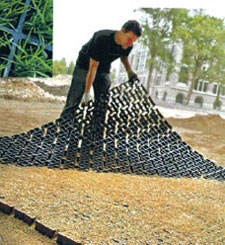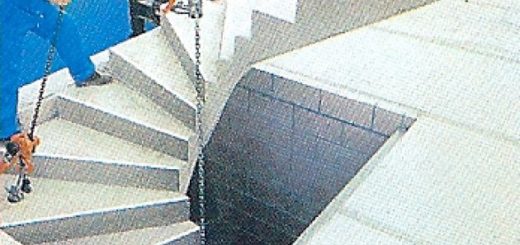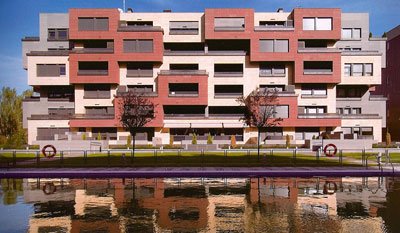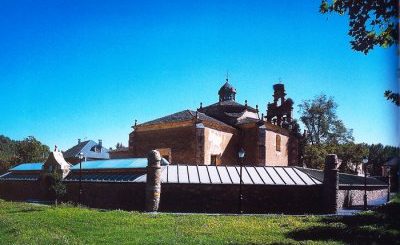Types of ecological pavements
![]() Clasification of the ecological pavements. There are different reasons for soils to be considered ecological. All of these reasons have in common the fact that in one way or the other they are amicable to the environment, this can be by contaminating less or not significantly affecting the invironment in whcich these are used. in this context we will clasify the pavements in three categories:
Clasification of the ecological pavements. There are different reasons for soils to be considered ecological. All of these reasons have in common the fact that in one way or the other they are amicable to the environment, this can be by contaminating less or not significantly affecting the invironment in whcich these are used. in this context we will clasify the pavements in three categories:
1. Ecological pavements because of the process of fabrication: Earthen continuos: It integrates very well in the environment, beacuse its texture is absolutely natural. Its final aspect is like that of earth soil. It has a high level of resistance to stabilize surfaces with slopes of up to a 20%. and is composed of glass cullet, reactives, and aggregates. One of the binders used is a glass cement that is obtained from micronized residues, that with the reactives, water and the aggregates desired, forms an earthen pavement.
2. Ecological pavements because of the materials used.
Tiling out of recycled rubber: Fabricated from mixed tire rubber out of use and agglomerate with binders of excempt of CIFC , PCB, lindane and y formaldehyde. Afterwards it is molded and crosslinked in presses under pressure and temperature. It’s an elastic pavement, resistent to compression and flexible. Created specially for exteriors because of its antislide quality that reduces the risk of falls. Recommended for its use in pools and water game zones. The tiles and pieces of recycled rubber, are ecological products, in which aproximately 90 % of its components are used rubber (tires), which are crushed and selected for its posterior use.
Recycled wood platform: Fabricated through a homogeneous mix of sawdust and recycled material of plastic origin, with an antislide surface. This permits the elaboration of materials that combine the versatility of plastic in regards to finishes, forms, colors, etc., and the visual allure, and the feel of the wood.
Recycled Poliethylene Pavement: Is completely composed of polyethylene (40% PEAD, 60% PEBD). 85% of the material used in the construction of the pavement comes from urban residues, and the 15% remaining, from industrials residues.
3. Ecological pavements because of their functionality / aplication.

Lawn Solutions: 100% recyclable plate that permits lawn soils to reafirm to the ground in a natural way, excelent drainage, protects from erosion and flooding and are capable of resisting automobile movement. Thanks to its design in the inferior part of the plates the roots can grow both vertically and transversally favoring the stabilization and securing of the soil. Both its weight and the easiness to pack cheapen the cost of transportation, storage, and placement.
 Green cobbles: Provide a solution to the problem of the permanent destruction of the green space in public areas, because their design permits the grass to grow while it provides a structural stability for the majority of traffic. Likewise it offers an excelent control of the erosion and stabilization of solids in roads, gutters of low flow and dykes, ponds or reservoirs where there isn’t an extreme action of waves.
Green cobbles: Provide a solution to the problem of the permanent destruction of the green space in public areas, because their design permits the grass to grow while it provides a structural stability for the majority of traffic. Likewise it offers an excelent control of the erosion and stabilization of solids in roads, gutters of low flow and dykes, ponds or reservoirs where there isn’t an extreme action of waves.
Permeable pavements or porous: Are pavements based on granulates of stony origin, cobbles over a bed of sand, and in general all the pavements that permit an interchange between the terrain and the exterior both of air and water. These are considered more advantage the the impermeable pavements. There are interesting options that can be used as recycled aggregates or local materials for its fabrication.






